Special and Digital Collections Report: Spring 2024
May Day
by Sara Teasdale
A delicate fabric of bird song
Floats in the air,
The smell of wet wild earth
Is everywhere.
Red small leaves of the maple
Are clenched like a hand,
Like girls at their first communion
The pear trees stand.
Oh I must pass nothing by
Without loving it much,
The raindrop try with my lips,
The grass with my touch;
For how can I be sure
I shall see again
The world on the first of May
Shining after the rain?
----
The small web of a tiny garden spider caught glimmering by morning dew in the rising sun, so quaint at first, has, by the evening light, grown to a thing substantial almost as if by an invisible hand. However, upon closer study we might be lucky enough to bare witness to the industrious spinner, once so hard at work, now resting.
And so, here we are in the Special and Digital Collection team looking back on our work over the semester.
Access, Description, and Preservation
Preservation and Digitization
Whether physical or digital, special and archival collections require a sustained effort of preservation to ensure long-term stewardship in order to promote seamless access and discovery for our community. As part of this effort Aoife Smith, one of our Special Collections Library Associates, continued to assess, determine , and execute the preservation needs in the Gottesman Libraries and Teachers College Archival Collection. To this end, he reboxed, re-foldered, re-labelled (and de-paperclipped) 30 linear feet.
Additionally, Aoife worked on several digitization efforts including collections such as the Associate Dean Files which included Student Senate and Affair Records, and Student Organization Records which include Teachers College Interdepartmental Student Board, Student Senate, Other Student Committees and Peace Movements from the 1960’s – 1970’s. Finally, both Children’s Art of India and the Institute for Urban and Minority Education (IUME) newsletters were digitized.
Two of these collections have been added to Teachers College Digital Collections (TC/DC), including the Children’s Art of India (donated by Dr. Ami Kantawala) and Student Senate and Affairs.
The Children’s Art of India highlights 128 individual drawings from school-aged children. Patrons will find vibrant colors used to depict everyday life in the provinces. The scenes are both familiar and original, as the artists’ blend aspects of traditional culture, as well as those of British influence. IUME and the Student Organization Files are slated to be introduced to the digital collections this summer.
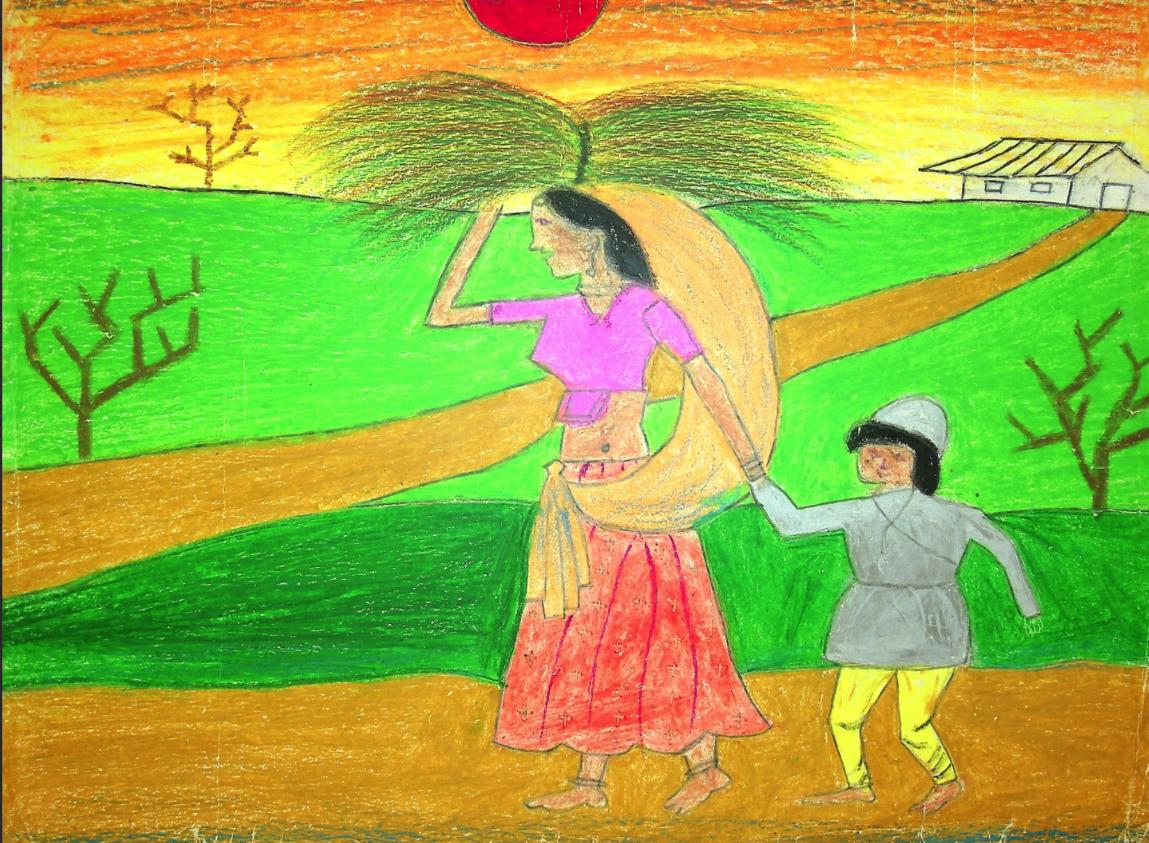 Untitled, 54 from Children's Indian Art Collection
Untitled, 54 from Children's Indian Art Collection
The Student and Senate Affairs Collection brings the student voice to the Teachers College Administration Collection, highlightsing the tumultuous, heady, and often polarizing years between 1968 through 1975. The collection ranges in contact from administrative procedure concerning the creation of Puerto Rican Studies and Meeting Minutes, to protesting Chemical Bank New York Trust Company, and examples of student run publications (RADIX and PROBE).
The Special and Digital Collections team continued to introduce and incorporate more collections to TC/DC, including the Joan Hollobon Collection , Bookplate Collection, and
Institute of Philosophy and Politics of Education. Each collection in part enhances the whole of Teachers College Digital Collections in unique ways.
As mentioned in a previous blog post—highlighting both Joan Hollobon correspondence and the Bookplates—the Joan Hollobon Collection offers a unique and human touch to the Teachers for East Africa and Teacher Education in East Africa Collection. The collection consists of 64 letters written between 1965 and 1969 between Catherine “Fair” Scott Rose and Joan Hollobon. Expressive, at times intimate, and particularly detailed, Rose details the vernacular experience of a foreigner in Uganda.
Similarly, the Bookplate Collection allows patrons to pull open the covers of Gottesman Libraries monograph collection and sneak a detailed peek at the often-overlooked artistry of the bookplate. The bookplates are spirited in the scope of illustration and help to document the provenance of many books whose more formal documentation was either never recorded or has succumbed to the abyss of unintentional misplacement.
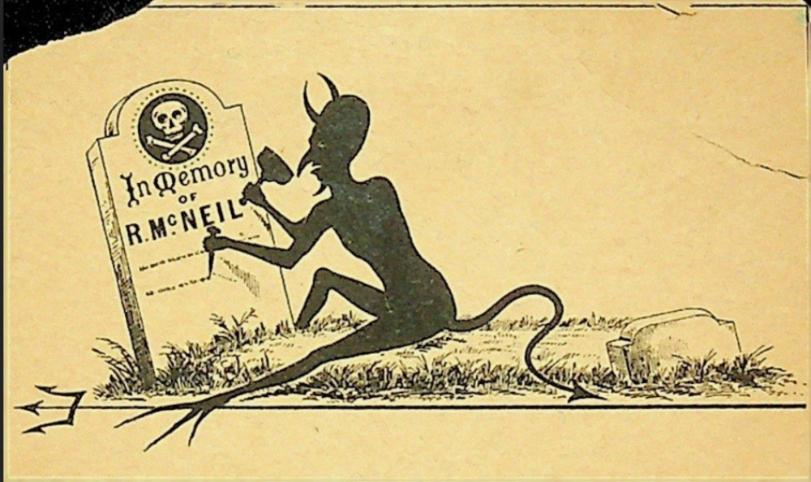
Presenting a shift in tone from the previous two collections, The Institute of Philosophy and Politics of Education—established by the Trustees of Teachers College in the spring of 1965, with the purpose of sponsoring research and publication in the fields of history, philosophy, and the social sciences, as these bear on problems of educational theory and policy—illustrates an excellent example of the cross and interdisciplinary work that Teachers College promoted and continues to promote.
Audit Continues
As part of the Special Collections Unit to impact access and discoverability, our internal audit of archival material and papers continued. Victoria Santamorena, Processing Archivist for Special Collections, began the semester by continuing to audit the processing levels of our collections. By March of 2024, Victoria audited 25 collections in addition to the 100 collections audited in the fall 2023 semester. Audited collections included Library Records, Public Relations Records, Records from the Office of the Dean, Faculty Papers, as well as several manuscript collections, including the Maurice Dartigue Collection. The ongoing audit has allowed the Special and Digital Collections Unit to better understand the organization of collections, the accessibility of our collections, and the stewardship and preservation needs of our collections. By understanding the organization, access, and preservation needs, we can better maintain collections and facilitate long-term access to materials.
The audit not only revealed the processing, arrangement, and organization levels of the collections, but also indicated which collections had been deaccessioned.
The data gathered from the audit has allowed the Special and Digital Collections team to analyze the current status of the collections, and will serve an important role in developing future projects, strategies, and long-term goals for the physical collection.
Below are some brief statistics concerning the arrangement, description, and access levels of the 239 collections that currently make up Gottesman Libraries archival portion of the Special Collections:
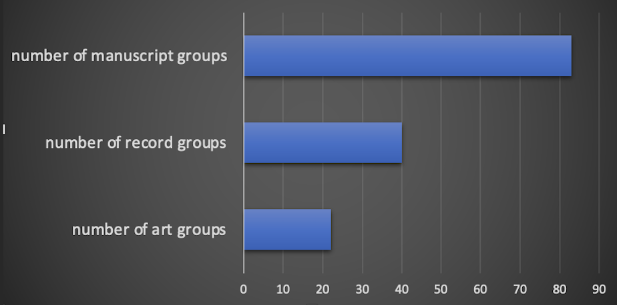
Breakdown of types of collections
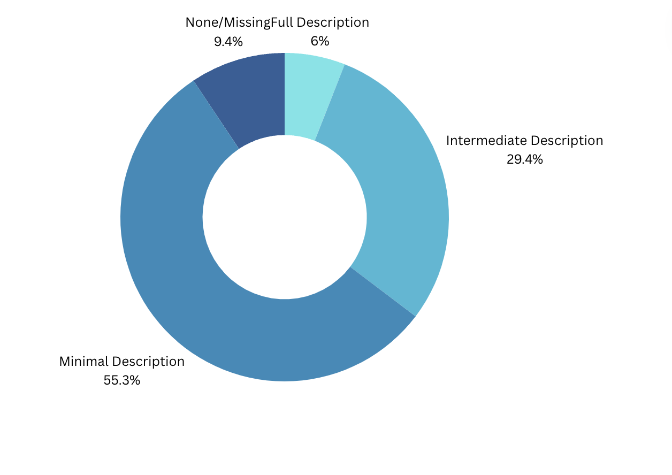
Current level of description as indicated by finding aids and accession records
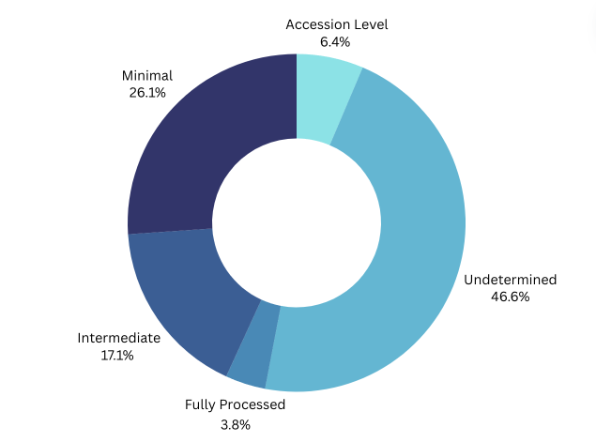
Current level of processing across collections

Current level of arrangement where File Level 1 represents arrangement by correspondence or other logical context and File Level 2 represents arrangement by either chronology or alphabetical by subject
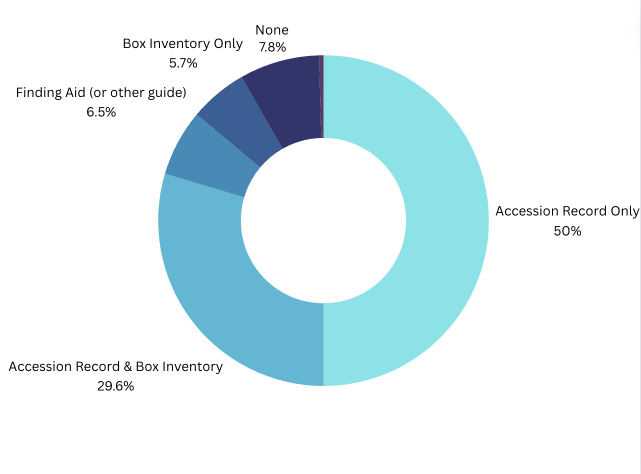
Current level of intellectual access
Increasing Access
Building on our efforts from last semester, our Special and Digital Collections team continued to work towards increasing access to and discoverability of our archival collections by adding more finding aids to library’s Research Guides (LibGuides). Finding Aids for collections in Records of the Trustees, Officer Records, Records of the Presidents, and Records of the Office of the Provost are now available. Additionally, Victoria has also been working on a guide for the James Earl Russell papers, but as the collection is quite large and has complex documentation, the guide is still in progress. A preview of the Guide can be found here.
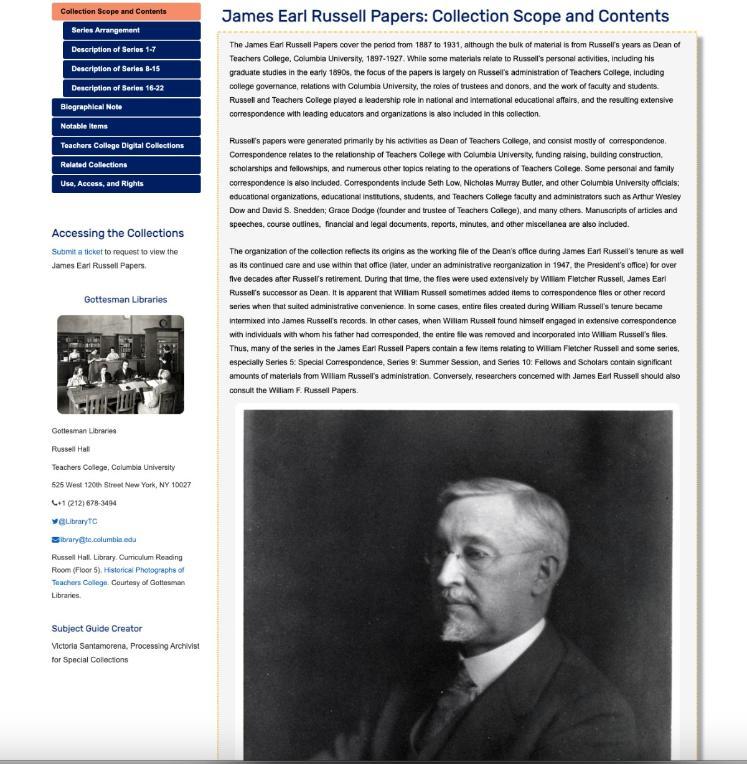
Screenshot of soon-to-be-ready James Earl Russell Finding Aid
When the guide is live, it will also include a container list as well as a breakdown of the subjects, people, and organizations within the collection.
Our Research Guides are created based on existing documentation, which includes accession records, inventories, and finding aids. Each piece of documentation provides varying levels of description and intellectual access for collections. Finding aids are the highest level of description available for a collection and contain biographical or historical information for creators and organizations, a note on the scope and contents of a collection, a description of the series within a collection, a list of subjects in a collection, and a container list or inventory. Accession records are less detailed, but also contain a description of the collection and its contents, a note on the types of materials in a collection, the volume of a collection, collection dates, condition notes, notes about arrangement or processing, and an inventory. The majority of our collection documentation exists in the form of accession records, not finding aids, therefore our LibGuides’structure and format reflect the existing documentation.
To streamline the process of creating finding aids and other descriptions in LibGuides, Victoria created a template for inputting accession record information. The template can be viewed here.
In making our finding aids and accession records available online, we hope to provide an accessible overview of our collections as well as provide information that will help users identify materials relevant to their research. The Special and Digital Collections Unit will continue to make finding aids available through the library’s Research Guides so that users can have access to descriptive information about our collections.
Processing
A significant portion of the semester was dedicated to to processing—by our Processing Archivist Ms. Santamorena—the Center for Educational Equity Records donated by Michael Rebell last fall (2023). The collection includes documents from Jose P. v Mills, files from Rebell’s work on the Campaign for Fiscal Equity, Rebell’s work on the National Advocacy Center for Children’s Educational Success with Standards (ACCESS) Campaign, and documents related to No Child Left Behind. The collection is approximately 27 linear feet and consists of court documents, reports, handwritten notes, article manuscripts, pamphlets, posters, correspondence, VHS tapes, and DVDs. The collection materials date from the late 1970s to the 2010s.
The documents have been organized into series and subseries, foldered documents, labeled the folders, boxed the documents according to the series breakdown, and inventoried the collection at the folder level. During this period, 20 linear feet of the collection were organized, arranged, and processed. Approximately 4 linear feet were processed last fall, while the remaining 3 feet of the collection will be completed this summer.
Processing a collection makes it available for research. In processing a collection, our unit ensures the materials are well organized and arranged, that they are well described, and that they are accessible to researchers. In this vein, our processing archivist has also been working on the collection’s finding aid. So far, the finding aid contains a scope note, a description of the collection’s materials, a list of subjects, and an inventory. Once the finding aid is complete, it will be made available through the Library’s Research Guides.
In parallel to the physical processing of the CFE/Rebell papers, Samie Konet, our Digital Librarian Associate, was busy processing, formatting, and researching best practices in formatting David Long’s own Campaign for Fiscal Equity papers. Starting in 1985, Mr. Long provided co-counsel for plaintiffs or consultant to plaintiffs' counsel in school finance litigation in a number of states including Connecticut, Georgia, Idaho, Illinois, Louisiana, Minnesota, Montana, Nebraska, New Jersey, North Dakota, Ohio and Texas. Served as expert witness in Ohio. Conducted trials in New Jersey and North Dakota. Argued in the supreme courts of Illinois, Nebraska and North Dakota. Conducted workshops on school finance litigation for plaintiffs’ attorneys.
This collection will be added to our already extensive The New York State School Finance Reform Archive, providing future researchers with a remarkable resource for examining the history of finance reform in education.
Research, Writing, and Exhibits
Between January and the beginning of April, our Processing Archivist was also busy researching the history of the Special Collections and Archives at Teachers College. Victoria looked through reports, accession records, donor files, correspondence, bibliographies, and pamphlets dating from 1887 to the present day to ascertain when the library established its special collections and archives. This research was undertaken primarily to understand why and how we received or obtained materials in our collections and how these materials related to the ethos and mission of the library in relation to the College’s activities.
Reports of the librarian allowed us to track shifting trends in research, while also getting a glimpse into the ways the librarians shaped the collections to reflect Teachers College’s history and the history of education. Administrative documents from past library directors afforded us with a better understanding of the policies and procedures behind collections’ organization, allowing us to maintain continuity with the work of previous Special Collections librarians and staff.
This research culminated in a two-part blog (1887-1961 and 1962-2024) and post published at the beginning of April. A timeline of the above documentation and an abbreviation of the in-depth research may be viewed here
Additionally, the Special Collections team highlighted two new collections (mentioned above), as well as surfacing the virtually hidden Cuala Press Collection, an Irish private press set up in 1908 by Elizabeth Yeats with support from her brother William Butler Yeats.
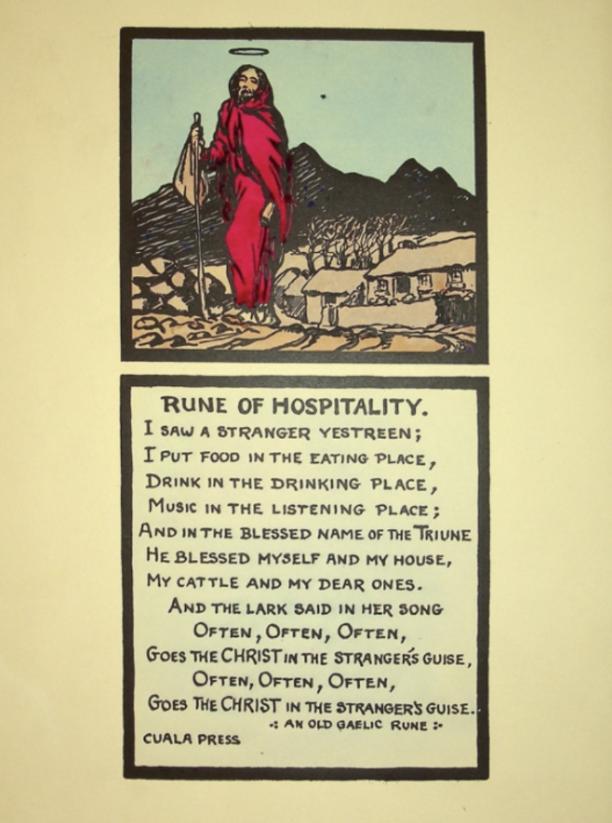
From The Cuala Press Collection
The Spring saw the inauguration of the Cabinet of Curiosities. Located on the floor, to the right prior to entering the Offit Gallery, the new space offers patrons an opportunity to view material from our expansive special collection’s material.
The first exhibit, in support of the Offit Gallery’s exhibition of Federico Castellon Memorial Prints, Printmaking at Teachers College highlights the history and influence of student and faculty art and pedagogy in the field. Printmaking at Teachers College was designed by Ashley Wang, Library Associate for Art and Design, and curated by Jennifer Govan, Library Director and Senior Librarian, with assistance from Conrad Lochner, Special and Digital Collections Librarian, and Victoria Santamorena, Processing Archivist.
Acquisitions
Spring semester brought in two acquisitions of significant importance. The first is a collection from Richard Chisholm—donated by his son—, who held a Ed.D in Education from Teachers College was Chairman of the English Department at Habibia College, Kabul, and also taught English as a second language at Habibia College, the Afghan Institute of Technology, and the Faculty of Letters, University of Kabul. As Project Advisor for the English Language Program, he supervised English teaching throughout Kabul. The collection augments Gottesman Libraries current USAID and Afghanistan textbook collections by providing documentation regarding the USOM precursor to USAID. The single linear foot includes curricula, assignments, papers, photographs, etc, and documents pertainging to Mohammad Najibullah Ahmadzai, a student of his (and future president of Afghanistan)
What’s Happening: An Independent Student Voice Collection, the second of our acquired collections, contains primary source material including correspondence, art, photographs, and issues of What’s Happening: An Independent Student Voice. Run out of the Macy Annex here at Teachers College, and run by teacher (and donor) Ms. Elaine Avidon, the collection provides a unique opportunity to examine the editorial focus and process of this largely minority and student operated publication. Portions of this collection are currently on display on the third floor of Gottesman Libraries as part of an exhibition highlighting student run publications at Teachers College.
Instruction, Reference, and Research
The Special and Digital Collections team provided excellent customer service in the form of instruction, Reference, and Research. We provided three in-depth primary source workshops consisting of one general workshop, and two course specific workshops for Dr. Ami Kantawala’s Histories of Art Education, as well as E.Y. Zipris’ Museum Experiences Across Disciplines.
Additionally, our team conducted 17 individual, hour long sessions for Dr. Kantawala’s students, facilitated 34 reading room visits for patrons using our non-circulating special collection material, while addressing 85 reference tickets.
A particularly unique opportunity to showcase content from across many collections came when Gottesman Library hosted high-ranking faculty and administration from Nanjing Xiaozhuang University (NJXU)( Nanjing City, China), including Dr. Cehua Zhang, Chancellor of NJXU and President of the Education Development Foundation of NJXU, Dr. Jizhou Zhang, Dean of Teacher Education of NJXU, Dr. Hong Zhou, Director of the International Affairs Office, Dean of the School of International Education, Mr. Wenqiu He, Director of Jiangsu Tao Xingzhi Memorial Museum, Director of China Tao Xingzhi Research Association, Dr. Bihui, Wang, Vice Dean of School of Foreign Languages, and Dr. Changwei Chen, Professor of School of Communication and Journalism.
Finally, Teachers College Digital Collection has proven as useful resource for Teachers College users. As illustrated by the graph below, we can track usage trends over the semester to better (or best) prepare for patron needs
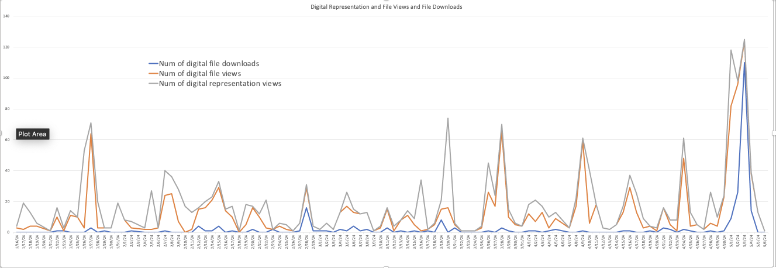
Number of Digital Representation Views: 2038. Number of Digital File Views: 1390. Number of Digital File Downloads: 253
Planning for the Future
As we firmly (re)establish intellectual and physical control over Gottesman Libraries Special and Digital Collections, our team necessarily examines the lineage of our resources from the earliest days at 9 University Place through our history to current day practices and needs. However, it is important to keep that ever-approaching horizon in sight and mind as we build these foundations.
In this spirit, Samie Konet, built on their relationship-concept mapping from last semester, and mapped out a preliminary staging of implementing a linked data environment based on best practices associated with Wikidata and Wikibase. The staging details areas that the Special and Digital Collections team can simultaneously work on while engaging in fundamentally important tasks like remediating and adding to digital collection bibliographic records. The plan prioritizes specific areas of our digital collections to create meaningful relationships that will allow researchers greater access and discoverability via contextualization of the data associated with each. These areas will initially include Presidents, Dean, Emeriti, and Faculty.
As spring winds down and the summer heat rolls in, the Special and Digital Collections team wishes our community well and we look forward to seeing you in the fall.
*Work pictured in title is from the Federico Castellon Memorial Print Collection


